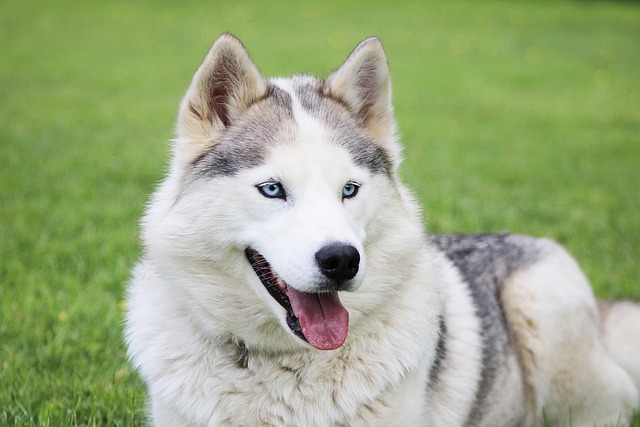
How to get my dog to greet other dogs properly?
Walking your dog through a neighborhood park and watching them lunge at every passing pup isn’t just stressful—it can also land you in hot water with local regulations.
Watching two dogs snarl or tense up when they meet can turn a simple walk or backyard visit into a stressful moment. Many owners worry they’re doing something wrong, but calming dogs around each other is less about “fixing” them and more about setting up slow, positive interactions. It starts with reading their body language—ears pinned back or a stiff tail are signs to pause, not push the meeting.
Local laws often tie into safe dog interactions too. Most areas require dogs to be on leashes in public spaces, even if they seem friendly—this isn’t just for others’ safety, but to give you control if tensions rise. Some cities also have rules about muzzles for dogs with a history of aggression, and ignoring these can lead to fines or even legal action. Checking your area’s leash laws and animal behavior guidelines is a key first step.
 One common mistake owners make is rushing the introduction. Instead of letting two dogs meet head-on in a small space, try a “parallel walk”: keep them on leashes, 10-15 feet apart, and walk in the same direction. This lets them smell each other from a safe distance without feeling threatened. If both stay relaxed—loose leashes, wagging tails—you can slowly shorten the gap over multiple sessions.
One common mistake owners make is rushing the introduction. Instead of letting two dogs meet head-on in a small space, try a “parallel walk”: keep them on leashes, 10-15 feet apart, and walk in the same direction. This lets them smell each other from a safe distance without feeling threatened. If both stay relaxed—loose leashes, wagging tails—you can slowly shorten the gap over multiple sessions.
Treats and positive reinforcement go a long way here, and it’s a habit many local trainers swear by. When your dog stays calm near another pup, toss them a small, tasty reward (like freeze-dried chicken) and praise them softly. This teaches them to associate other dogs with good things, not stress. Avoid scolding if they get tense—yelling can make them more anxious, worsening the behavior.
It’s also important to respect each dog’s limits, especially in busy spots like dog parks. If your dog starts growling or backing away, lead them to a quiet corner to reset. Many dog parks have separate areas for small or shy dogs, which can make initial meetings less overwhelming. Always keep an eye on their interactions—even calm dogs can snap if they feel cornered.
Getting dogs to be calm around each other takes patience, but the payoff is worth it: seeing them play gently or relax side by side turns stressful moments into happy ones. By following local laws, reading their body language, and taking things slow, you’ll help build trust between your dog and others—creating a safer, more peaceful experience for everyone.

Walking your dog through a neighborhood park and watching them lunge at every passing pup isn’t just stressful—it can also land you in hot water with local regulations.

That moment when you bring home your newly adopted three-year-old rescue dog to your Seattle apartment, only to discover they've never been crate trained

Bringing home your 12-week-old Labrador retriever puppy to your Chicago apartment is an exciting milestone, but when night falls and those whimpers begin from the crate

Let’s address something important right away: if you’re asking about "punishing" a dog for not coming when called, you might be feeling frustrated after your German

Imagine you're hiking through the beautiful trails of Oregon with your adventurous Labrador, and suddenly they spot a deer in the distance.

Picture this: you’re strolling through Central Park with your enthusiastic Golden Retriever when suddenly she spots a flock of pigeons.